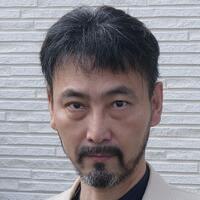Research Experience
-
2016-Now
National Institute of Informatics Visiting Professor
-
2010-Now
Waseda University Department of Computer Science and Engineering Professor
-
2009-2013
JST PRESTO (Sakigake) Researcher
-
2010
Nagoya City University Department of Information and Biological Sciences Professor
-
2005-2010
Nagoya City University Department of Information and Biological Sciences Asscociate Professor
-
2004-2005
Nagoya City University Department of Information and Biological Sciences Assistant Professor
-
2000-2001
New York University Courant Institute of Mathematical Sciences Associate Research Scientist


Click to view the Scopus page. The data was downloaded from Scopus API in December 30, 2025, via http://api.elsevier.com and http://www.scopus.com .